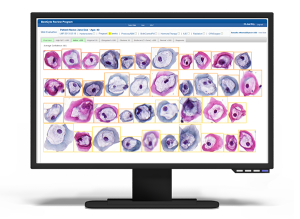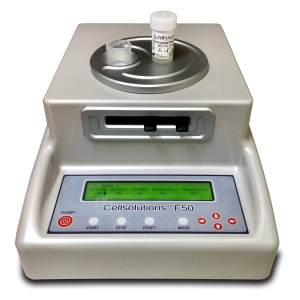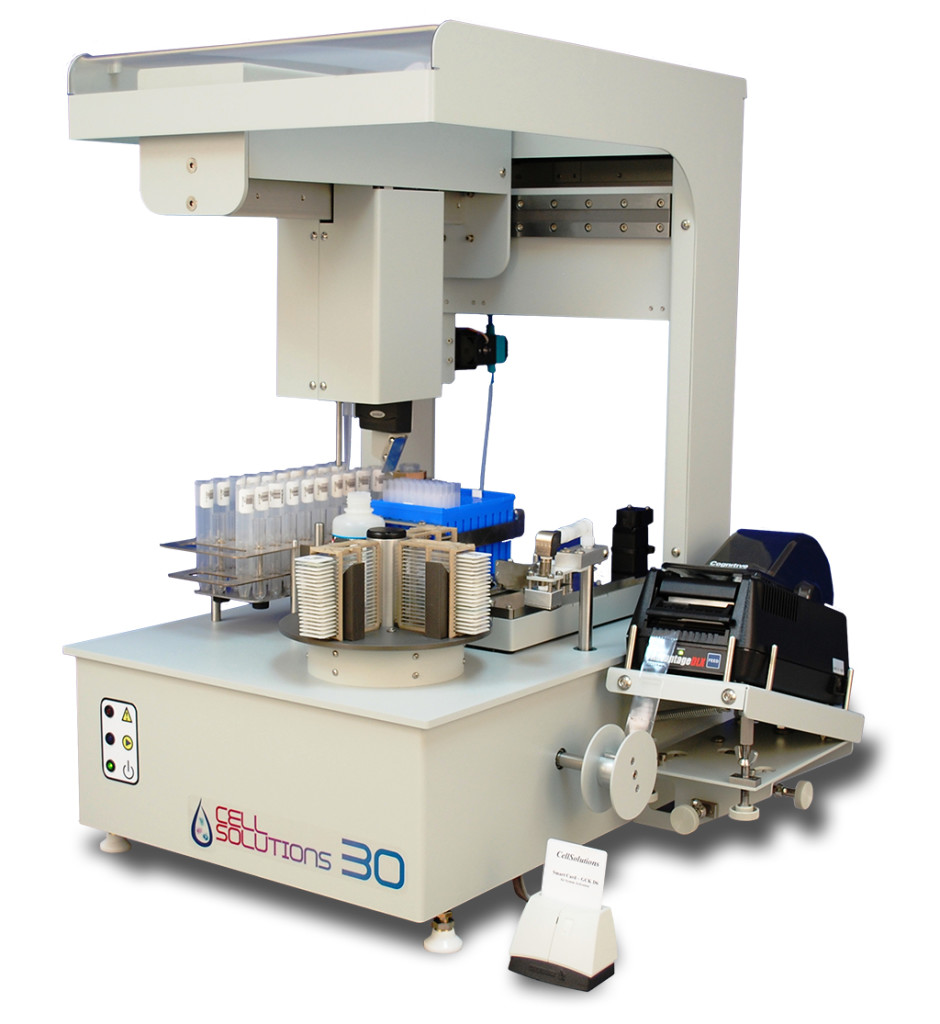CellSolutions provides state-of-the-art Liquid-Based Cytology (LBC) and the world’s most advanced microscopic cell imaging system for commercial, hospital-based and pathologist-operated cytology laboratories. The company’s LBC products consist of capital equipment and per sample consumables. Patient specimens preserved in CellSolutions proprietary liquid medium are processed into a mono layer presentation of cells for cytologic review.

Worldwide, the greatest application of cytology is in cervical cancer screening. Cervical cancer is the second most common cancer of women in developing countries where 80% of cases occur. Globally, approximately 500,000 cases for cervical cancer are diagnosed annually. Cervical cancer is a highly treatable and curable disease. In the US, the results of screening and early detection has been dramatic – widespread and regular use of the Pap smear as a screening test during the past 60 years has contributed to a greater than 70% decrease in mortality from cervical cancer. The Pap test is currently the most widely used screening test for the early detection of cervical cancer in the United States. Currently, more than 90% of the Pap tests performed in the US are prepared by an LBC method.
CellSolutions cytology products have proven advantages with respect to quality, cost, throughput and ease-of-use over its competitors. The company is currently selling its products in Europe and believes that it will capture a significant share of the US market once future FDA approval is obtained.
Evaluation
The CellSolutions F-50 and CS-30 were designed to allow cytology labs to optimize efficiency, quality, and the consistency of cytology preparations. The CS-30 is a high throughput analyzer, which allows for walkaway processing for smaller laboratories. Both units are currently processing individual samples for smaller laboratories. The CellSolutions F-50 and CS-30 and are optimized for use with the CellSolutions line of consumables and ancillary molecular testing to be performed on residual specimen preservatives allowing abnormal cells of all types to be available to the reviewer.
 Arranged in a tabular format, each cell structure is presented in a sorted cell gallery. With a click on any one image, the cell is observed in the context of an interactive virtual whole slide image. The image allows the user to view any area of the cell; allowing for true digital cytology.
Arranged in a tabular format, each cell structure is presented in a sorted cell gallery. With a click on any one image, the cell is observed in the context of an interactive virtual whole slide image. The image allows the user to view any area of the cell; allowing for true digital cytology.




